Hand Injuries

Traumatic hand injuries can cause significant damage to the structures within the hand, including bones, tendons, nerves, and blood vessels.
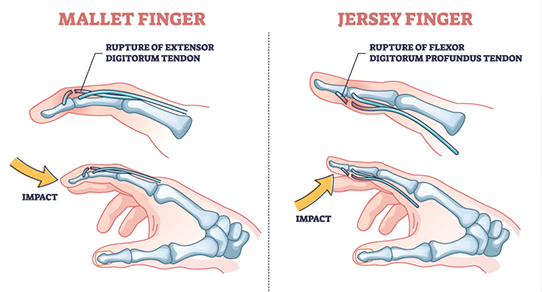
Tendon Repair
The flexor tendons are cord-like structures that bend your fingers and thumbs. Extensor tendons run from your forearm muscles along the back of your hand and are responsible for straightening your fingers and thumbs. Both flexor and extensor tendons can be injured as a result of sharp lacerations and also via excessive flexion or extension forces. Such injuries can be repaired surgically, which involves stitching the two ends of the tendon back together or reattaching the tendon directly to the bone. Some extensor tendon injuries can be managed conservatively with splinting, depending on the type of injury you have sustained. Whether your tendon injury requires surgery or splinting, the recovery period is significant. It takes 12 weeks to recover full strength and it is important to follow the guidance of your hand therapist during this period. Otherwise your tendon repair may snap, necessitating further surgery.
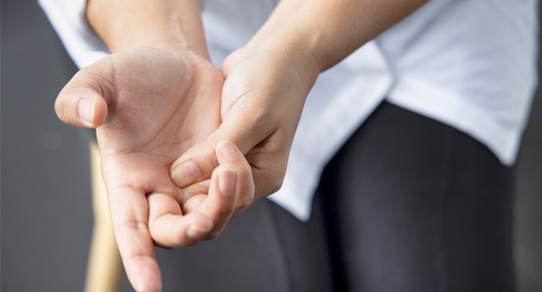
Tendon Reconstruction
Flexor tendon reconstruction is sometimes required when surgical repairs fail or when an injury is missed. With regard to the latter, after a certain period of time an injured tendon cannot be simply repaired. This may be because the tendon has become stuck in the tunnel it runs through (the tendon sheath) or because of narrowing of the tunnel itself. Direct repair is also prevented by shortening or retraction of the tendon ends. If this occurs, you will not be able to bend your finger and this ability can only be recovered by reconstructing the tendon. A tendon reconstruction involves two surgical procedures. In the first stage, a zig-zag incision is made from your fingertip into your palm and the damaged section of tendon is removed. A silicone rod is passed along the length of the tendon sheath, which remains in place for 10-12 weeks. During this time a new lining forms around the rod. The second stage involves using a tendon graft, harvested from your forearm or leg, and using it to reconstruct your injured flexor tendon. It is passed through the newly formed tunnel and attached securely to the two ends of your old tendon. The tension is adjusted to allow your finger to work properly. This process is complex. It involves multiple visits to Dr Collins and your hand therapist, a prolonged period of splinting and abstaining from sports and heavy activities for at least 22 weeks.
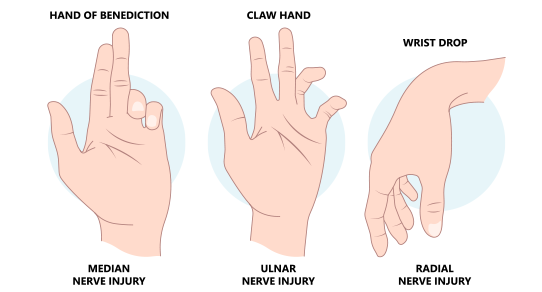
Nerve Repair
A nerve is a cable-like structure designed to relay information from one part of your body to another. Some nerves carry messages from the brain that make your muscles move. Others relay information about pain, pressure or temperature from your body back to the brain. Some do both. Nerves can be injured by sharp lacerations, traction-type injuries and blunt trauma and result in problems with sensation and/or movement. Nerve repair surgery is required when your nerve is injured in such a manner that it will not recover on its own. The surgical repair recreates a tunnel for the nerve fibres to grow back through. Until the nerve regrows from the point of injury to the target muscle or skin, the nerve will not function normally. In some instances, direct repair of your nerve is not possible. In this scenario, a nerve graft is required. This is a piece of nerve that is taken from another part of your body that bridges the gap between the two ends of your injured nerve. Nerve fibres grow slowly, at a rate of one millimetre per day. It can take many months for your nerve to grow from the site of injury to its target. During this time, you may experience pain and/or pins and needles along the course of the nerve. If it has been a long time since your injury, it may not be possible to repair your nerve. If a muscle does not receive a signal from a nerve within 18 months for example, it can stop responding altogether.
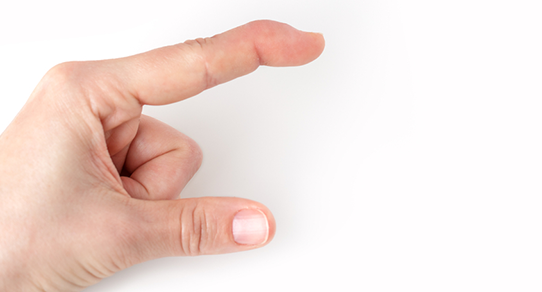
Fingertip Injuries
Fingertips have a number of components, all with a particular purpose. At the core is a bone called the distal phalanx, which supports the end of your finger. Attached to each surface of the bone are tendons, which bend and straighten your fingertip. On top lies the nail, supported beneath by the specialised nailbed. The rest of the fingertip is covered by skin, beneath which lie blood vessels and nerves. The fingertip is one of the most commonly injured body part. Frequent mechanisms of injury include sharp lacerations and crush injuries. The management of such injuries depends on what part(s) is damaged. Nailbed injuries are often treated by surgical repair. The nail can look different for a number of months and may never regain its pre-injury appearance. Flexor and extensor tendon injuries are repaired surgically, though sometimes the latter can be managed with splinting. Injuries resulting in a fracture may necessitate fixation with a wire or pin, which helps to hold the fractured bone in the correct position for healing. Fractures can result in significant stiffness of your fingertip, which may not resolve fully over time. Loss of a significant amount of skin from your fingertip can be managed with local flap reconstruction. This involves moving skin from an area adjacent to the injury into the defect created by it.
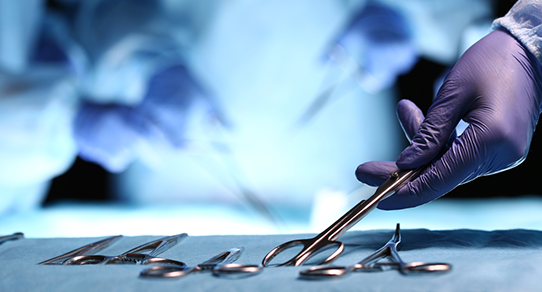
Tenolysis
Tenolysis is a surgical procedure that frees or releases tendons from adhesions. Both injury and surgery can result in the formation of scar tissue or adhesions, in which flexor and extensor tendons can get stuck. If this happens, you will not be able to bend or straighten your finger properly. It is possible in some situations to improve your range of movement with tenolysis surgery.
Scar Revision Surgery
Every wound that develops as a result of an injury and/or surgery results in some degree of scarring. It is a natural part of the healing process. Certain scars can become problematic. They may be itchy, have an unattractive appearance and result in restrict your movement. If your scar is adversely affecting your range of movement, revision surgery to release the scar may improve your function. This involves rearranging the pattern of the scar and/or using a skin graft.
Complex Hand Reconstruction
Dr Collins is often required to perform complex reconstructive surgeries in collaboration with other surgical teams.

